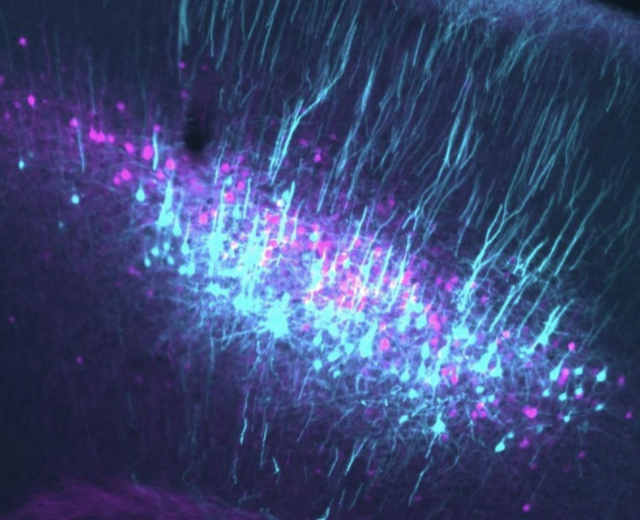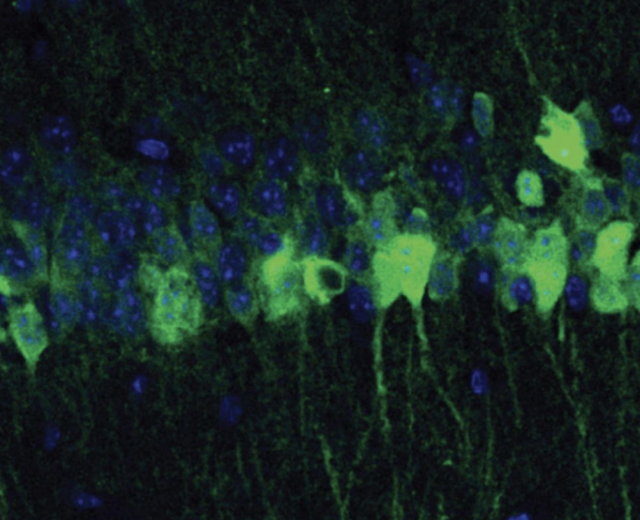To lead the way, Columbia has established a comprehensive institute for the pursuit of interdisciplinary and collaborative research in brain science. The Mortimer B. Zuckerman Mind Brain Behavior Institute, with founding leadership from A&S faculty, is expanding the realm of traditional neuroscience to encompass other fields that will inform and expand our understanding of the brain.
Unraveling the details of how these networks function and how they encode human thought, behavior, and emotion lies before us. Within the Arts & Sciences, we are exploring key questions about the brain and how best to study it, including:
NEUROTECHNOLOGY
By pioneering optical imaging methods that have revolutionized neuroscience, Columbia researchers are having a major impact on modern neuroscience. In fact, the Brain Research through Advancing Innovative Neurotechnologies (BRAIN) Initiative was proposed by a Columbia scientist. We recently established the NeuroTechnology Center which brought together a dozen laboratories, spanning optical and molecular engineering, nanofabrication, and computational approaches. This group stands to become a major leader within the BRAIN Initiative and keep Columba at the forefront of neuroscience methods development.
NEURODATA
Columbia researchers across disciplines are working to understand the foundations of intelligence and computation. Integrating data science and neuroscience, they are comparing artificial computational systems with biological computational systems to extract shared principles and generate new ideas for exploration. Machine learning is advancing rapidly on the tide of deep neural network architectures, which currently bear little resemblance to true neural systems. Scientists at Columbia are leading the way to better understand the mind and machines.
NEUROSOCIETY
At Columbia, we are investigating how our brains shape who we are and how we interact as a society. Breakthroughs in brain imaging are offering unprecedented insight into the biological principles underlying the complexity of human thoughts and behaviors. These discoveries have the potential to transform our understanding of what it means to be an individual in a social world – from classroom learning to economic decision-making. Columbia University scientists are now in a unique position to better understand who we are – from neurons, to brain circuits, to society.
-
Costa, director and CEO of the Zuckerman Institute, has been named to an international consortium that will tackle the complex brain mechanisms that guide movement and behavior.
-
Recent research by scientists at Columbia's Zuckerman Institute is revealing new, complex roles for this ancient and universal brain structure.
-
By using a powerful method to track large groups of brain cells in real-time, combined with advanced mathematical modeling tools, Columbia researchers reveal striking new details about the brain’s inner ‘collective mind.’








